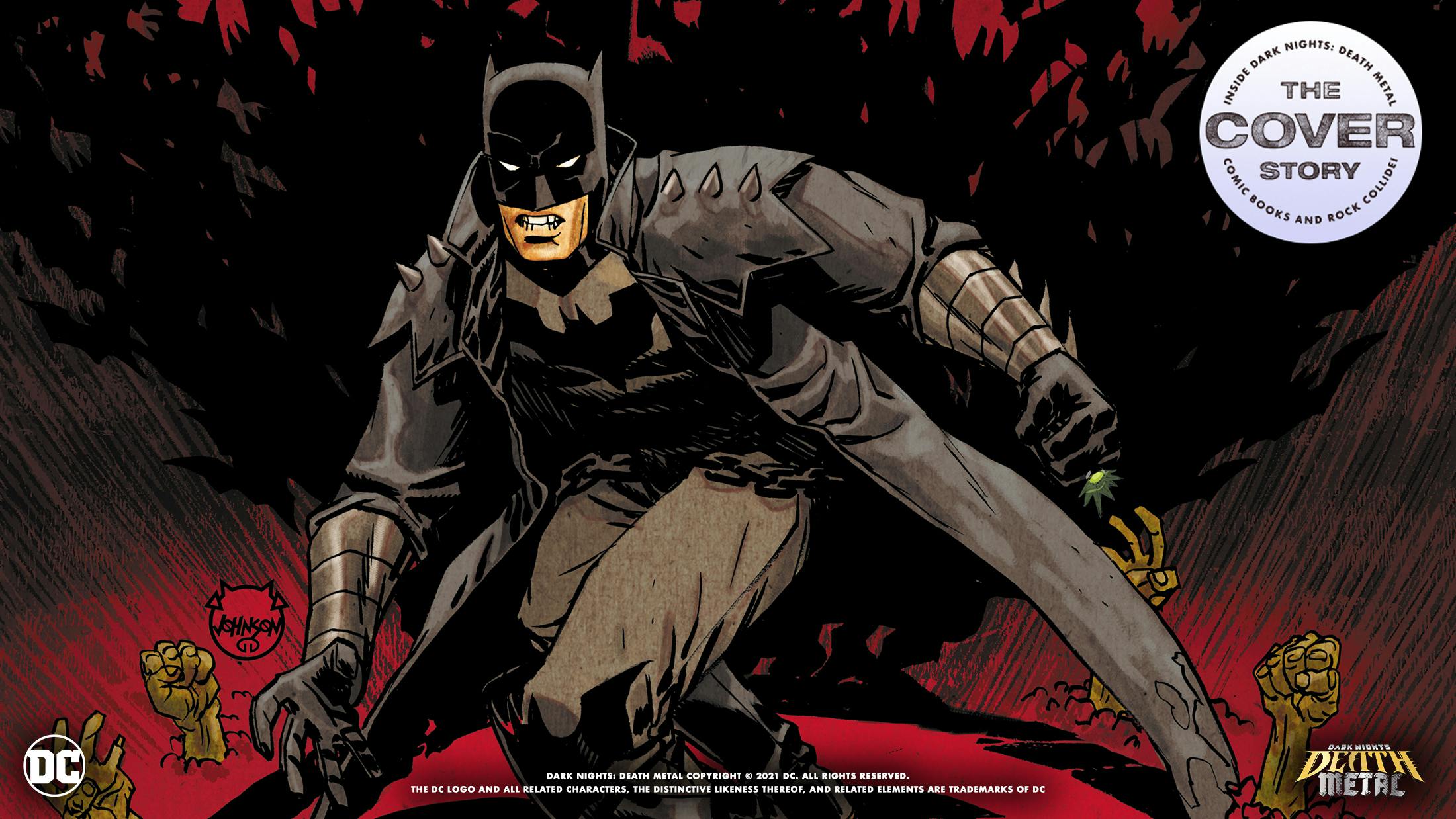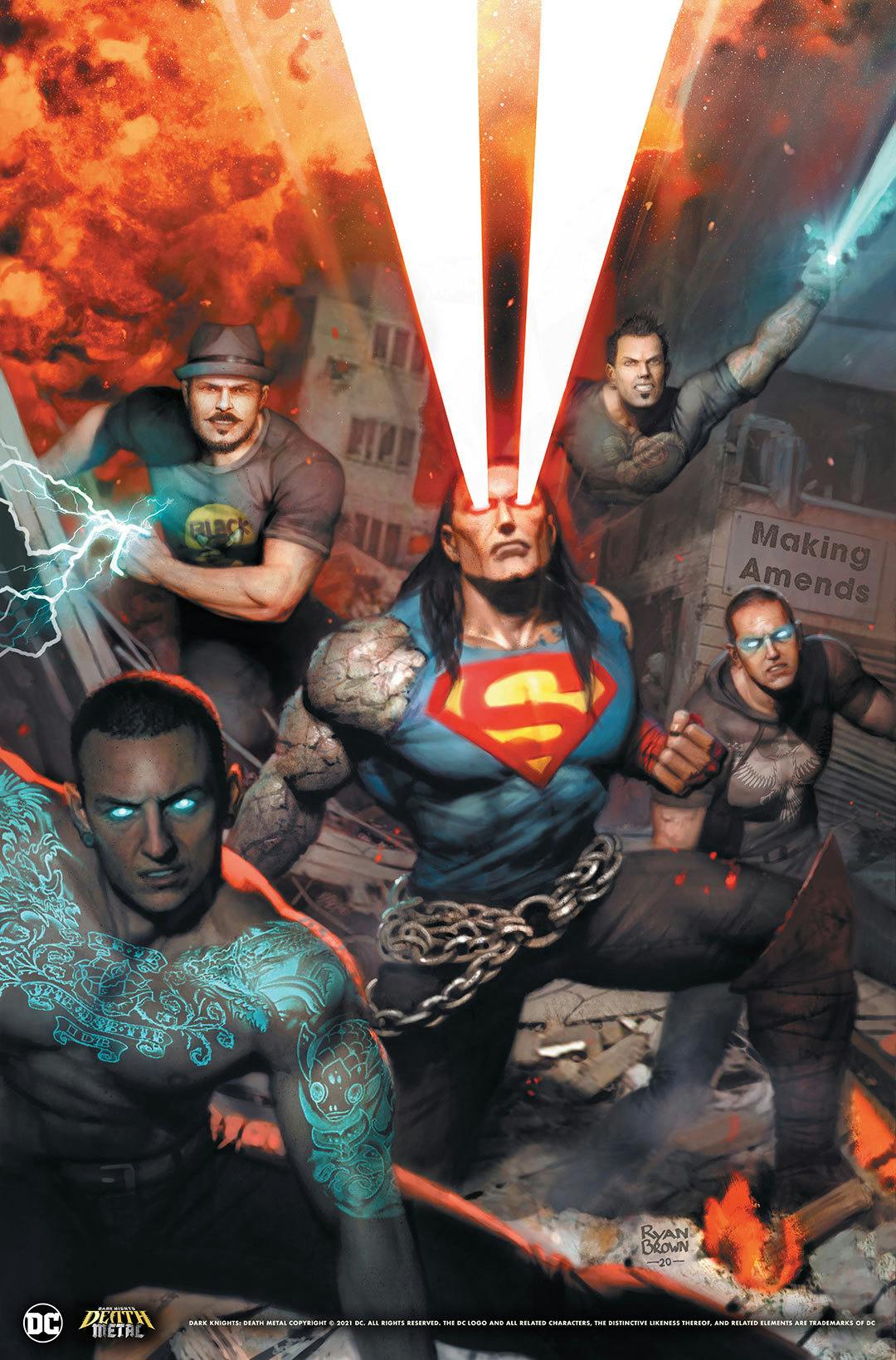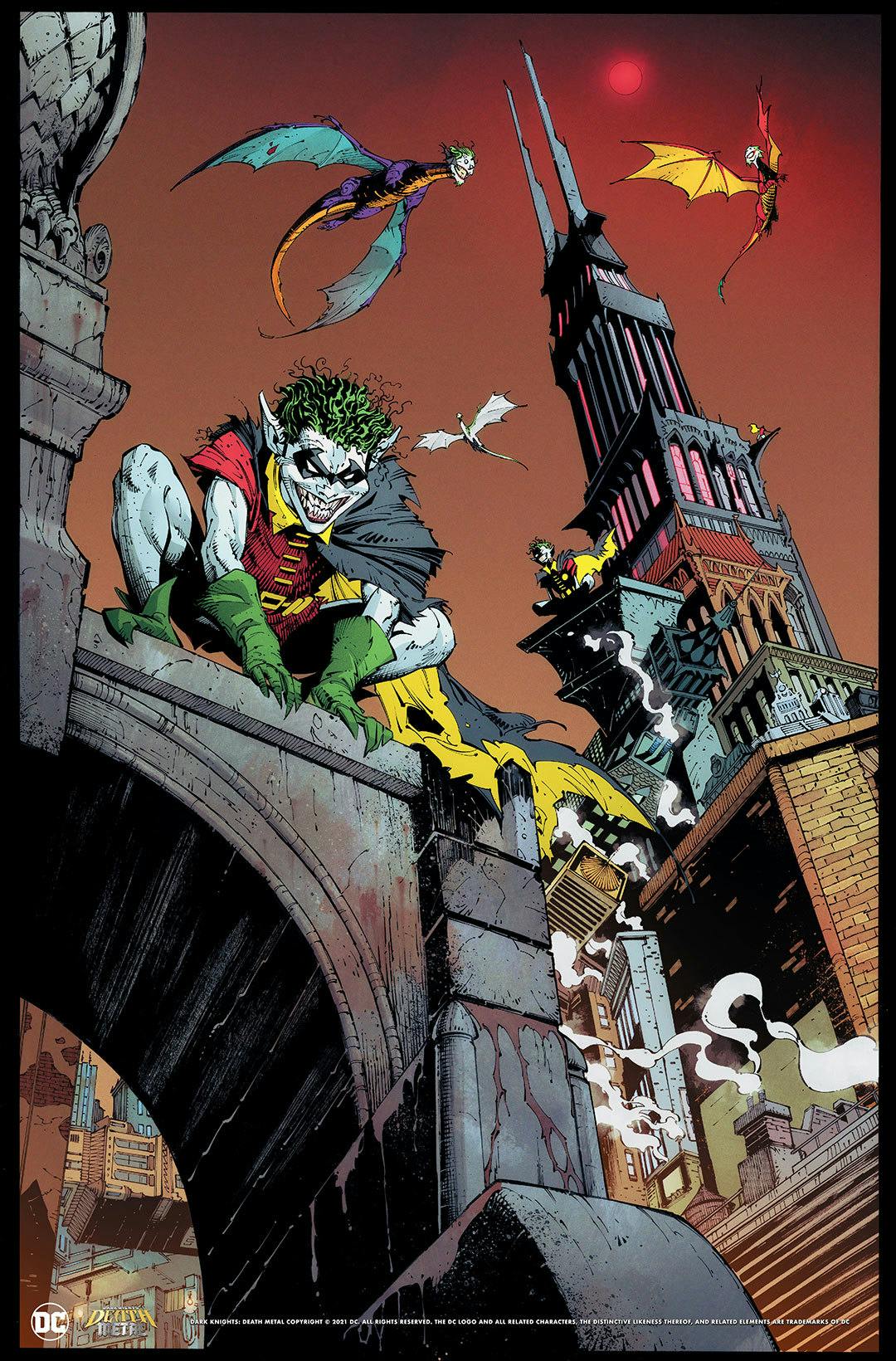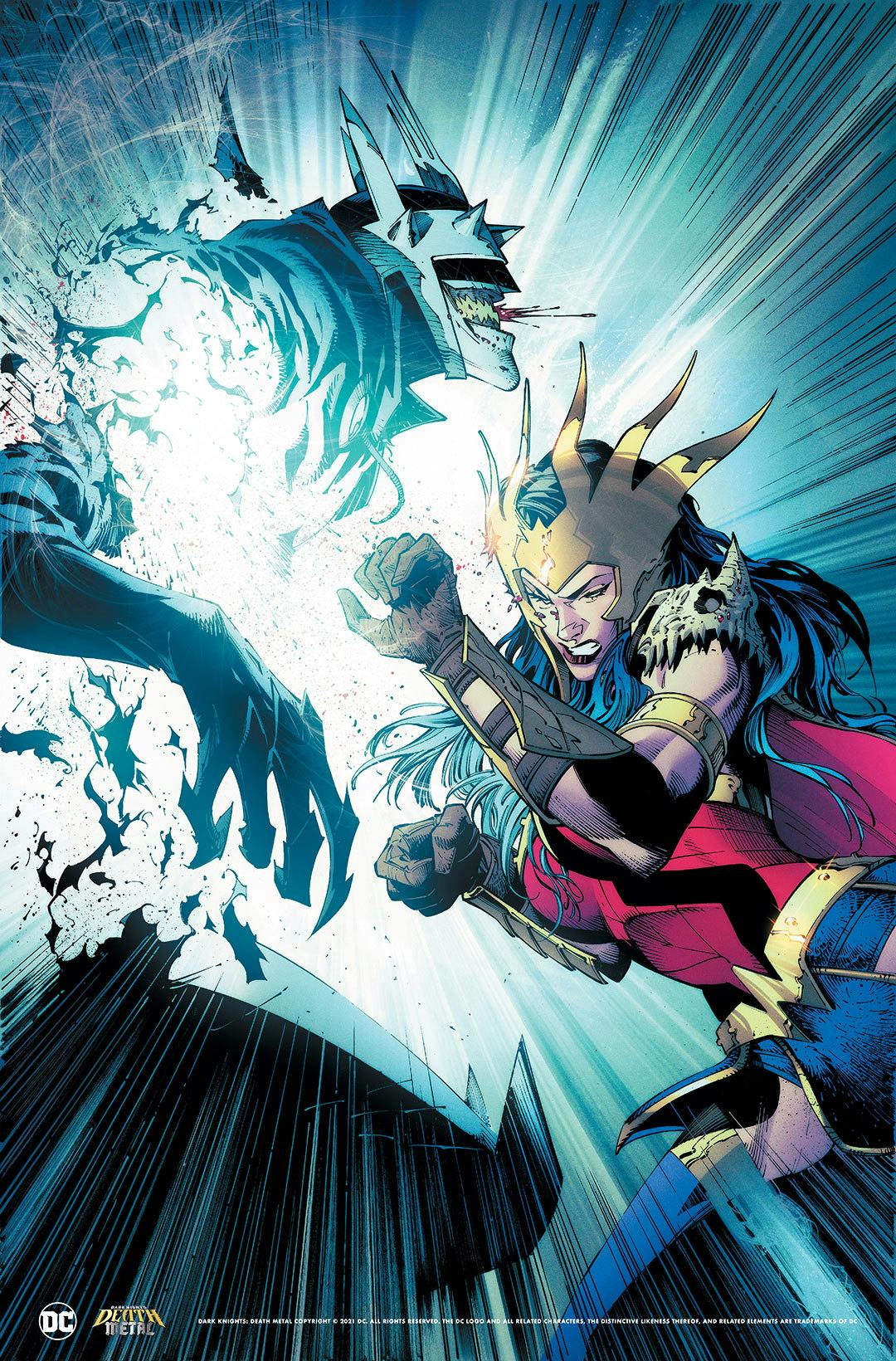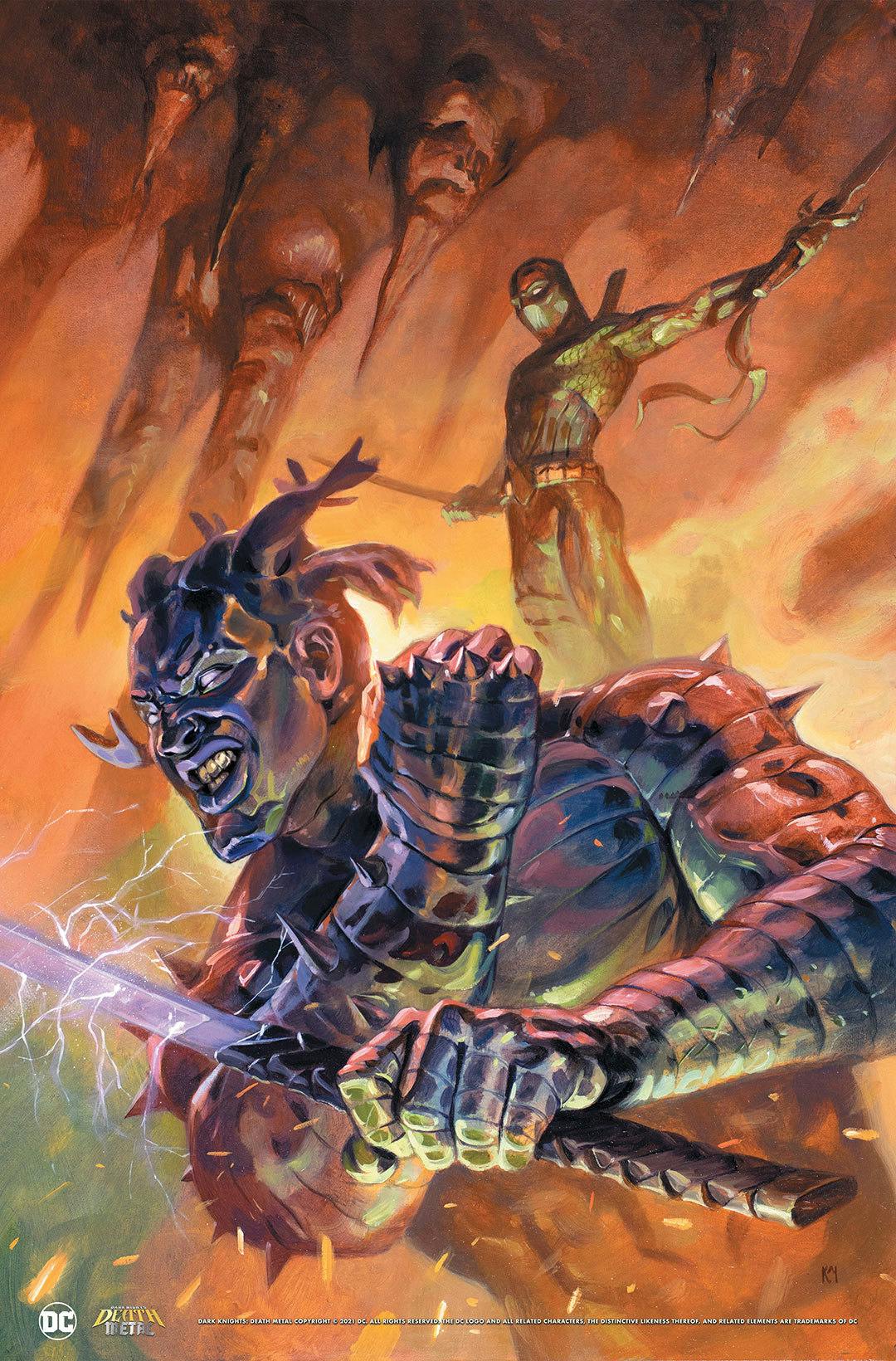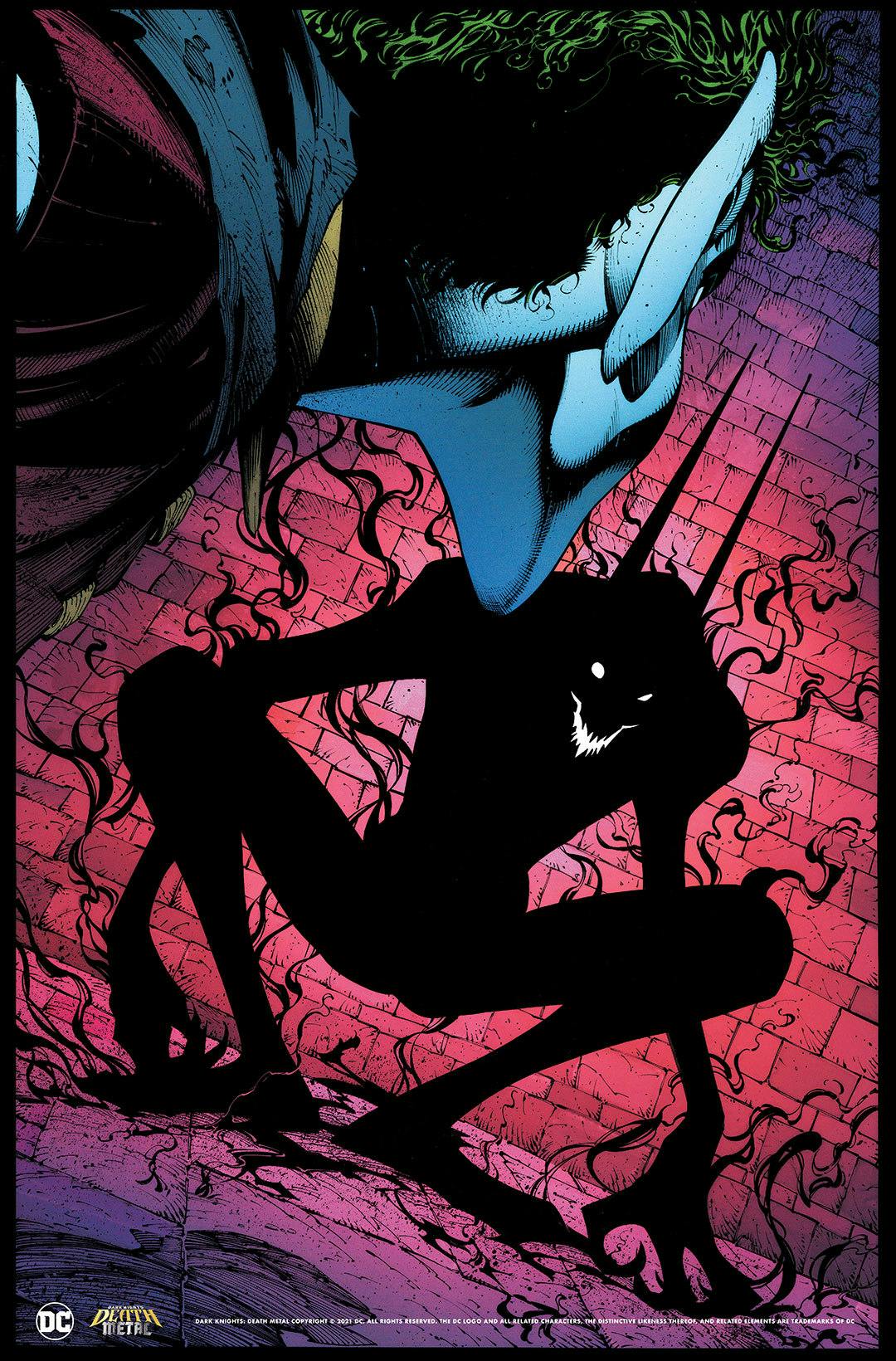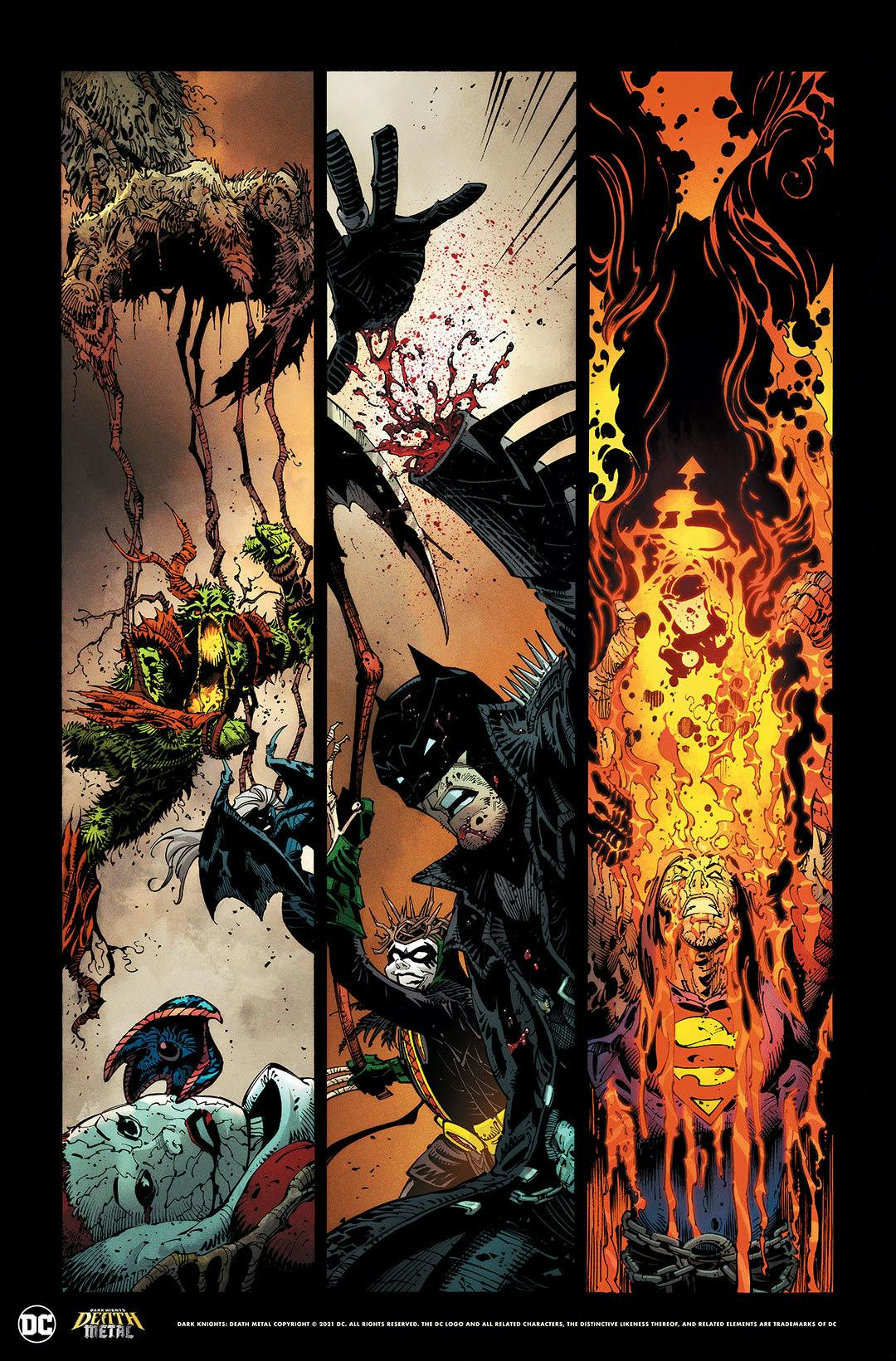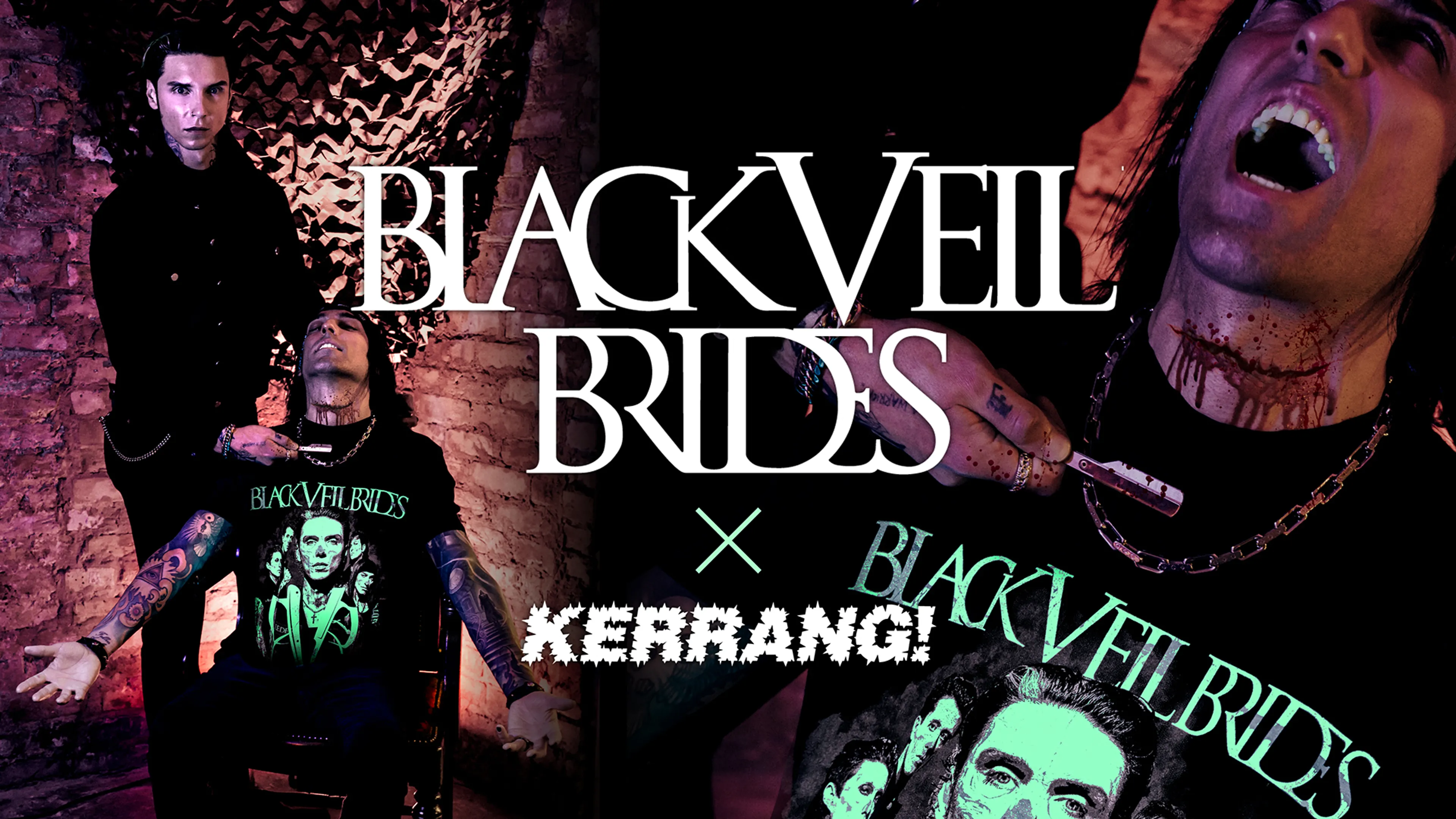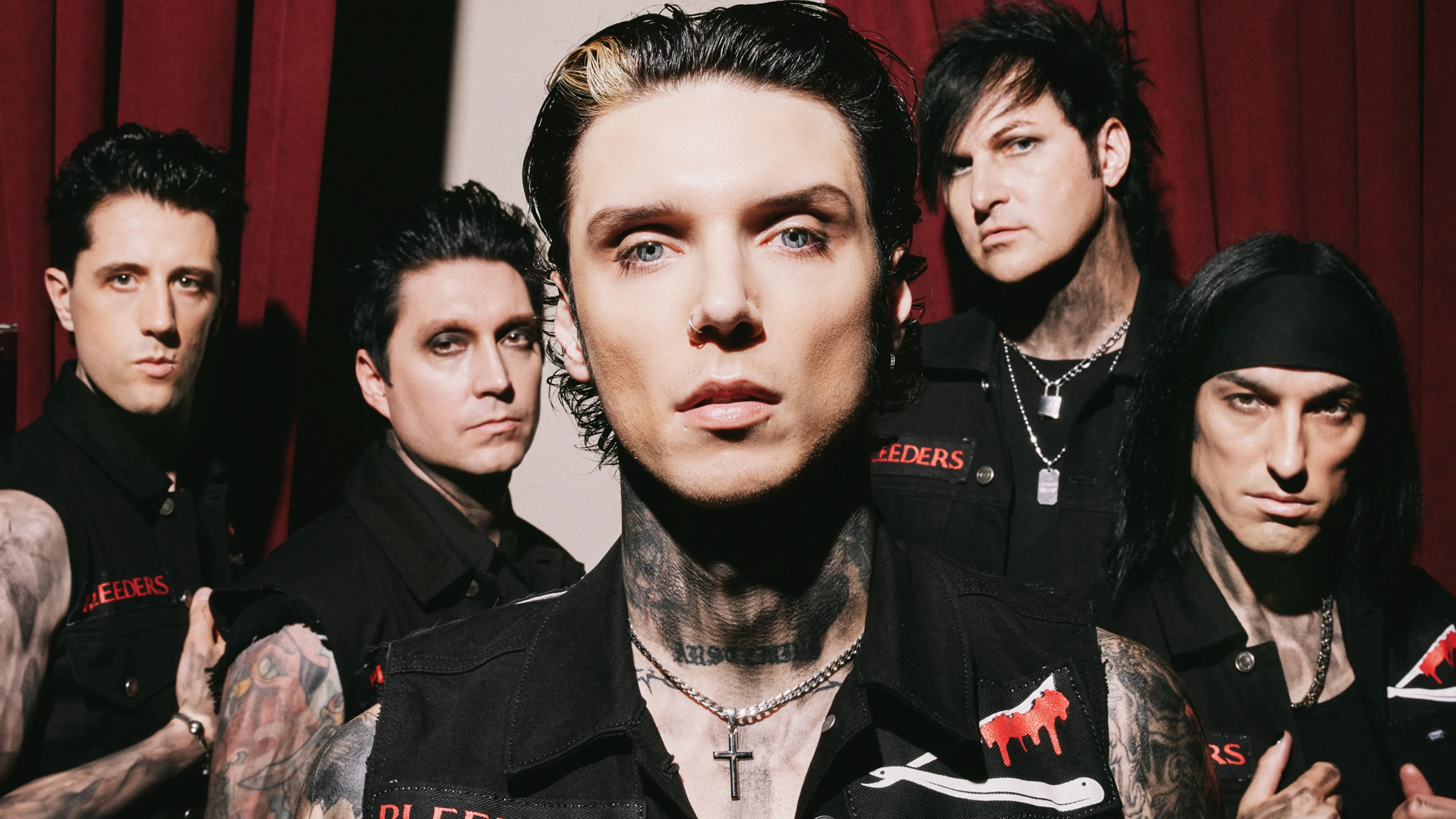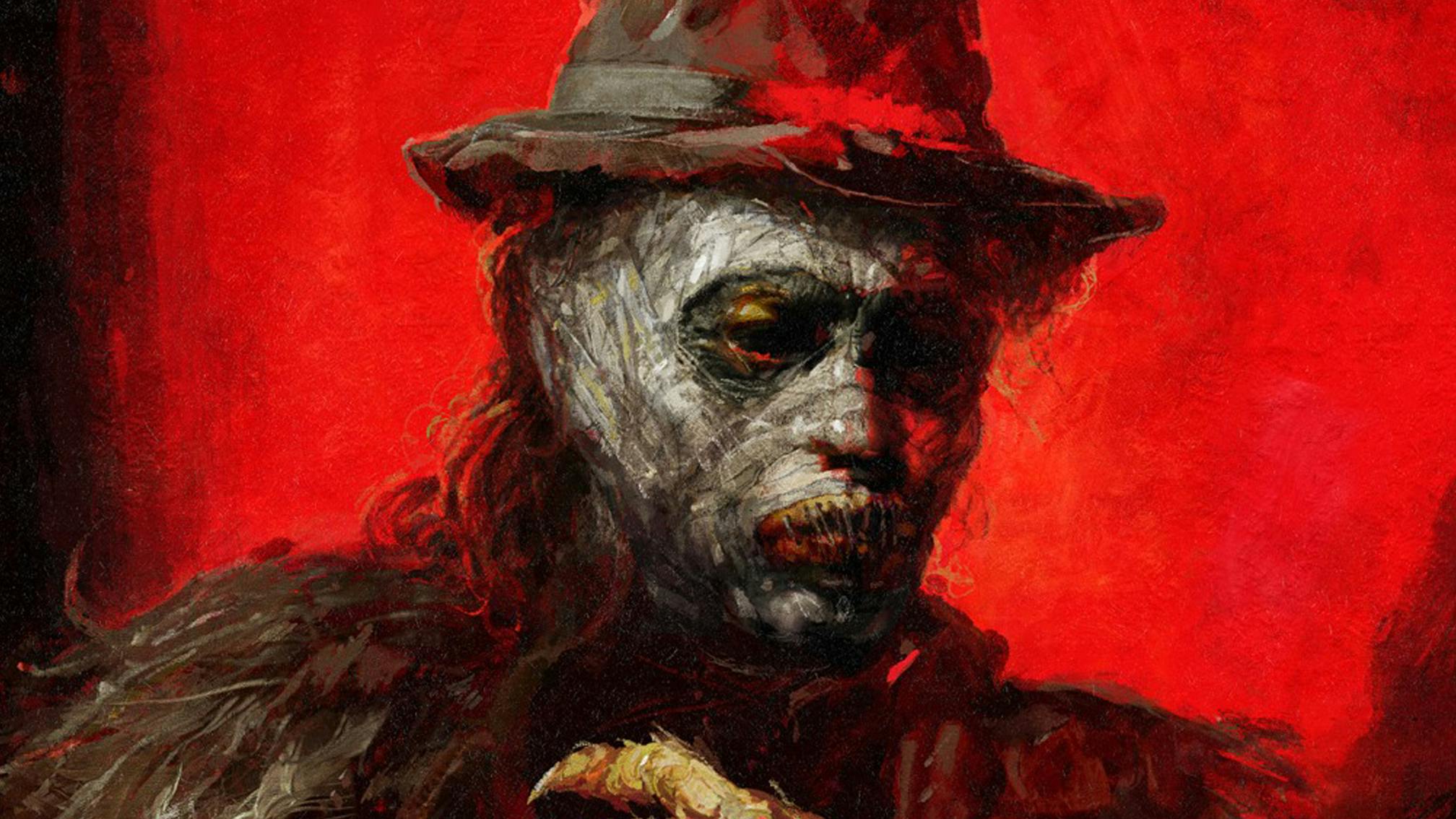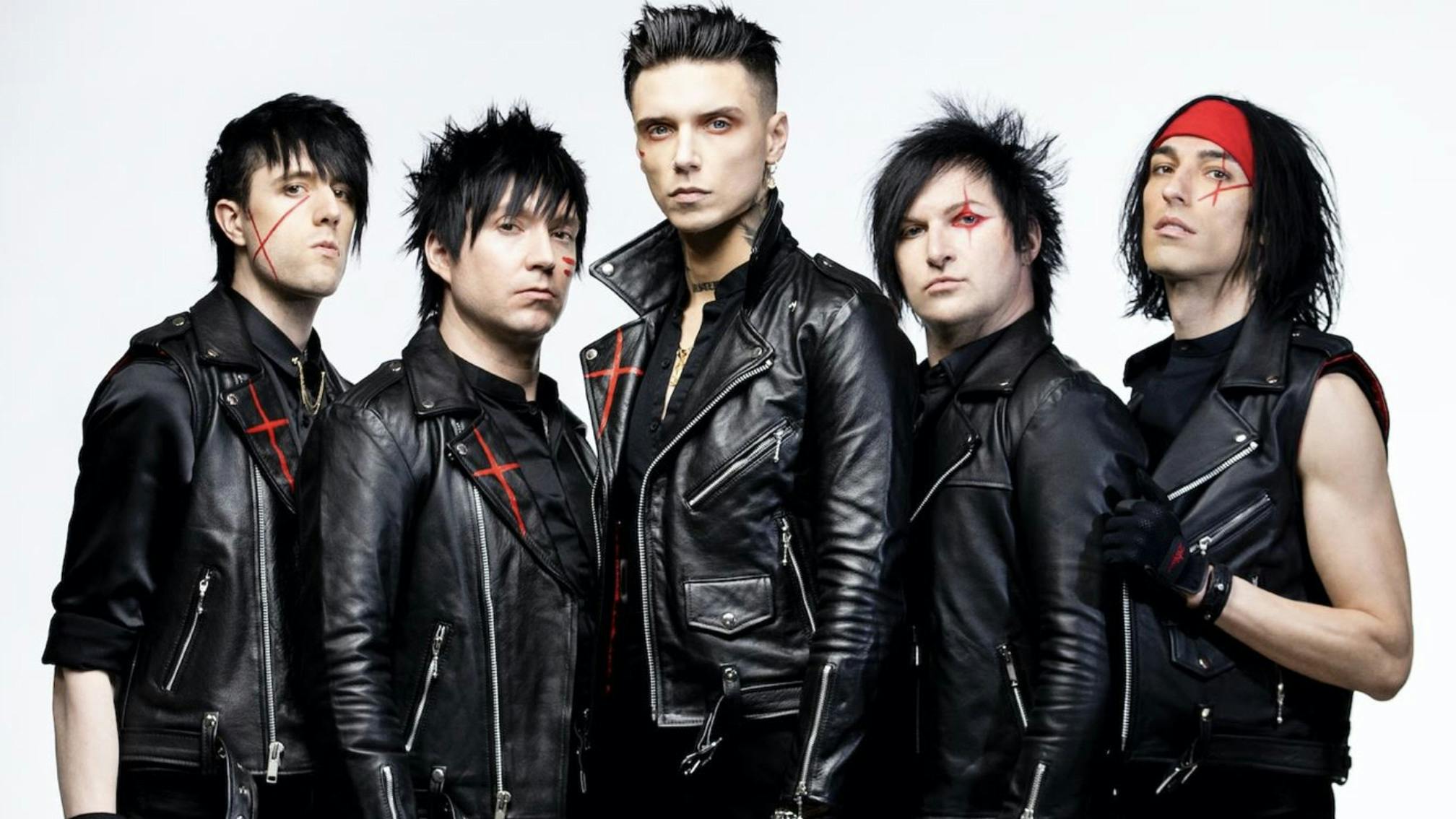Visuals are, of course, essential to comic book storytelling, and while the visual element is important to some extent in all music, metal might be the genre that leans into it the most – think make-up, pyro, guitars that look exactly how they sound, and the odd bit of armour here and there. The two best logos in the whole world? They probably belong to Batman and Metallica.
There’s a shared underdog spirit as well, even when titans like, well, Batman and Metallica are involved. Comics and metal are both vastly more varied and complex than they are often seen as by the mainstream; the massive range of material out there being frequently casually dismissed, stereotyped unseen as artless and juvenile, and its devotees a bunch of black-clad misanthropes. There’s a world of subgenres within metal, and every type of comic storytelling imaginable, but both are all too often waved away, chaotic noise on one hand and silly drawings on the other.
This ignores the huge range of music within the umbrella term ‘metal’. Black Sabbath and Napalm Death, two world-famous bands that even hail from the same city, exist at opposite ends of the spectrum. Grouping all comic books together is, frankly, even more bonkers. Chelsea Wolfe – who has contributed the song Diana to this project, and who voices Wonder Woman in the Sonic Metalverse shorts – reveals that her favourite comic, for instance, is Art Spiegelman’s Maus, the only graphic novel to ever win the Pulitzer Prize. It tells the true story of the Holocaust with different animals representing different groups of people. There’s not a superhero or cape to be found, and other than being a story told visually with drawings and speech bubbles, it couldn’t have much less in common with Dark Nights: Heavy Metal.
“That was probably my first introduction into this world,” says Chelsea. “More recently, I’ve been loving Katie Skelly’s graphic novels, which are very 1960s film noir. Once I got involved in this DC project, I felt like I’d been missing out on a lot of cool shit though.” This open-mindedness – come for the Pulitzer-winning Holocaust memoir, stay for the dinosaur wearing a cape – isn’t something common to all art forms, but crops up a lot in these two, which maybe has a lot to do with the added effort being a fan of either historically required.
